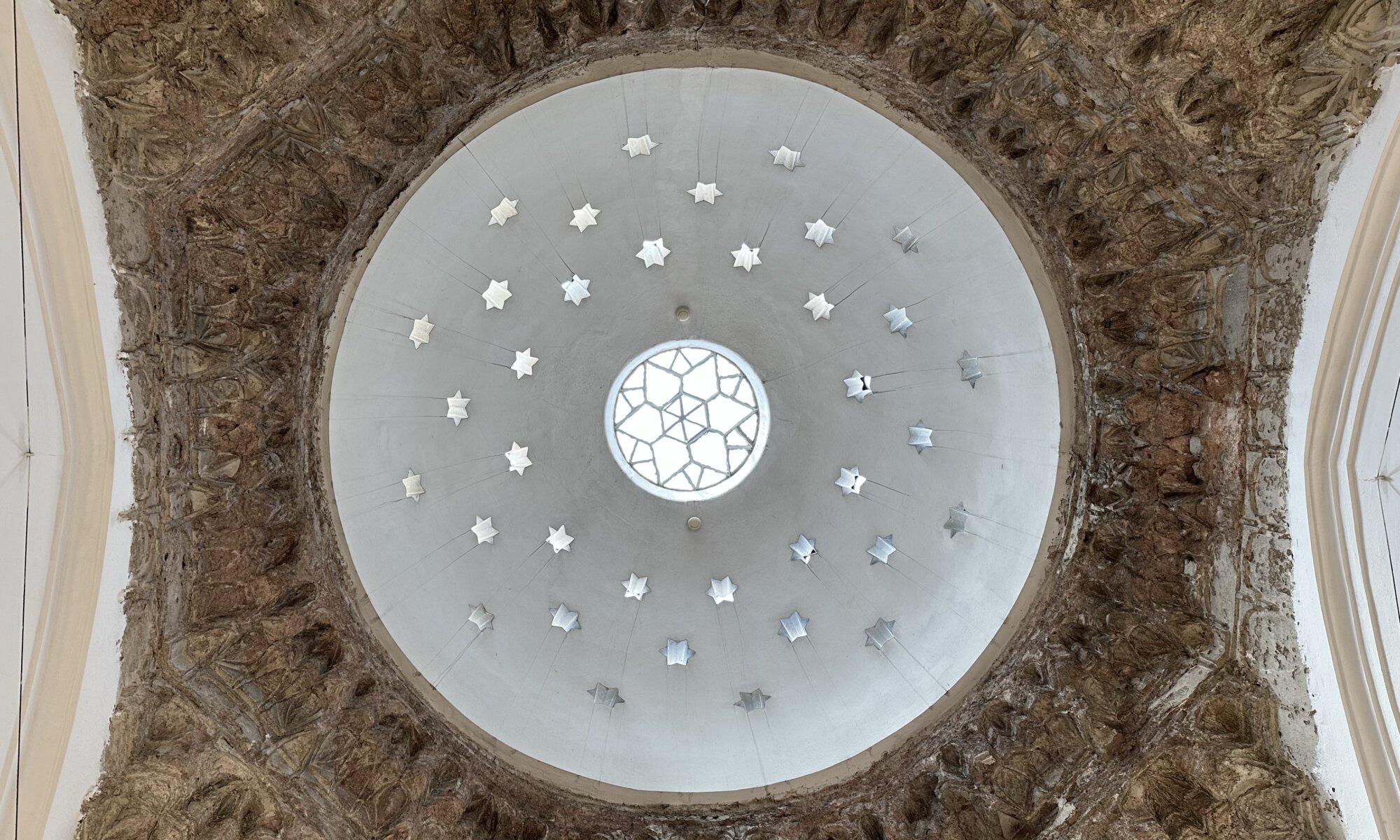It will probably forever be the most northern art museum I’ll ever visit, the Akureyri Art Museum (Listafnið á Akureyri). It is located in the city center of Akureyri within a former dairy close to the church Akureyrarkirkja. It was opened in 1993 and is exhibiting artworks of Icelandic as well as international artists. The museum was extended over time and since 2018 it also uses the neighboring Ketilhús.
Continue reading “Akureyri Art Museum”Whale museum
Hunting whales is something deeply rooted in the traditions of Nordic islands like Iceland or the Faroes, but it is something that should be overcome as fast as possible. At Húsavík they’ve created a museum explaining everything about whales, how they’re born and raised, how far they’re travelling and how they’ve evolved in evolution. But the museum also covers the sensitive topic of hunting whales.
Continue reading “Whale museum”Perlan
On a hill called Öskjuhlíð south of the city center of Reykjavík you can find Perlan (‘pearl’). It is a wonderful place especially for evening hours with nice views on the region (plus it is open until 10pm). Perlan is a double-usage facility: in first line it is a storage for hot water and the city is supplied from their. In 1991 six water storages made of aluminum and covered by a glas cupola were activated. In 2017 the second usage started in addition: it is now also a natural history museum.
Continue reading “Perlan”Monet, Monet, Monet
Claude Monet is a famous French painter born at Paris in 1840. In the middle of his long career he became the founder of Impressionism, starting with his famous work Impression, soleil levant. It is an art style I like very much and to see the works of Monet you should typically visit Paris: at the Musée Marmottan Monet or the Musée de l’Orangerie for his water lilies (‘Les Nymphéas‘). But did you know that you can find the largest collection of his works outside France at the Museum Barberini of Potsdam, Germany?
Continue reading “Monet, Monet, Monet”Macedonian Holocaust Museum
I honestly didn’t expect to find one of the best museums on the Holocaust at Скопје, North Macedonia. It is modern, it uses multimedia technologies and it achieves that visitors immerse themselves into the topic. The Holocaust Memorial Center for the Jews of Macedonia remembers the former Jewish citizens of North Macedonia and the Balkans. It was opened in 2011 in the former Jewish quarter of the capital city, between the river Vardar and the old city center.
Continue reading “Macedonian Holocaust Museum”Archaeological museum
The archaeological museum of Скопје is part of the heavily debated project Skopje 2014, the project that changed the face of the city center massively. It is located in a building close to river Vardar that received a new but historic facade. You can enter it over the highly decorated bridge of the civilizations in Macedonia. It contains many regional findings: golden masks from Охрид, icons from Виница and a nice coin collection.
Continue reading “Archaeological museum”National gallery
There couldn’t be a better location at Скопје for the national gallery of North Macedonia than the Davut Paşa Hammam. The bathhouse was built in the second half of the 15th century close to the historic city center of Скопје, it can be found close to the giant statue of Philipp II of Macedon. The building is an excellent example of Islamic culture and it is wonderful to walk through its beautiful rooms with star-covered domes and discover local artworks behind its numerous columns.
Continue reading “National gallery”Best views
Most visitors of Скопје climb up to the Kale fortress. From there it is only a stone’s throw to the museum of contemporary art – if you managed to find your way on broken steps up the hill. I found the museum rather empty but probably I’ve been there at that wrong point in time. But that didn’t matter, from the museum building you’re having amazing views on the capital city of North Macedonia. And that was already worth the sweat necessary to get up.
Continue reading “Best views”Half of a railway station
The current railway station of Скопје is not the first of the capital city of North Macedonia. If you’re leaving the modern city center on Macedonia street and walk to the south, you’ll find the location of the very first railway station. It existed there from 1873 to 1937, then it was torn down and in 1940 a new building was opened there. And that is what you see today, or at least a part of it: two thirds of the station were destroyed in 1963.
Continue reading “Half of a railway station”Meeting followed by breakfast
The Wannseekonferenz is a dark moment in German history. It took place on January 20th, 1942 in the Villa Marlier at the Wannsee lake of Berlin. Delegates of different government institutions were invited to a ‘meeting followed by breakfast’ and coordinated the deportation of all Jewish citizens of Europe to extinction camps in the East. The Holocaust itself was already decided by that time, but the conference was used to define the victims and the schedule in more detail; it was the administration of the so called ‘Final Solution to the Jewish Question‘ (‘Endlösung der Judenfrage‘).
Continue reading “Meeting followed by breakfast”









